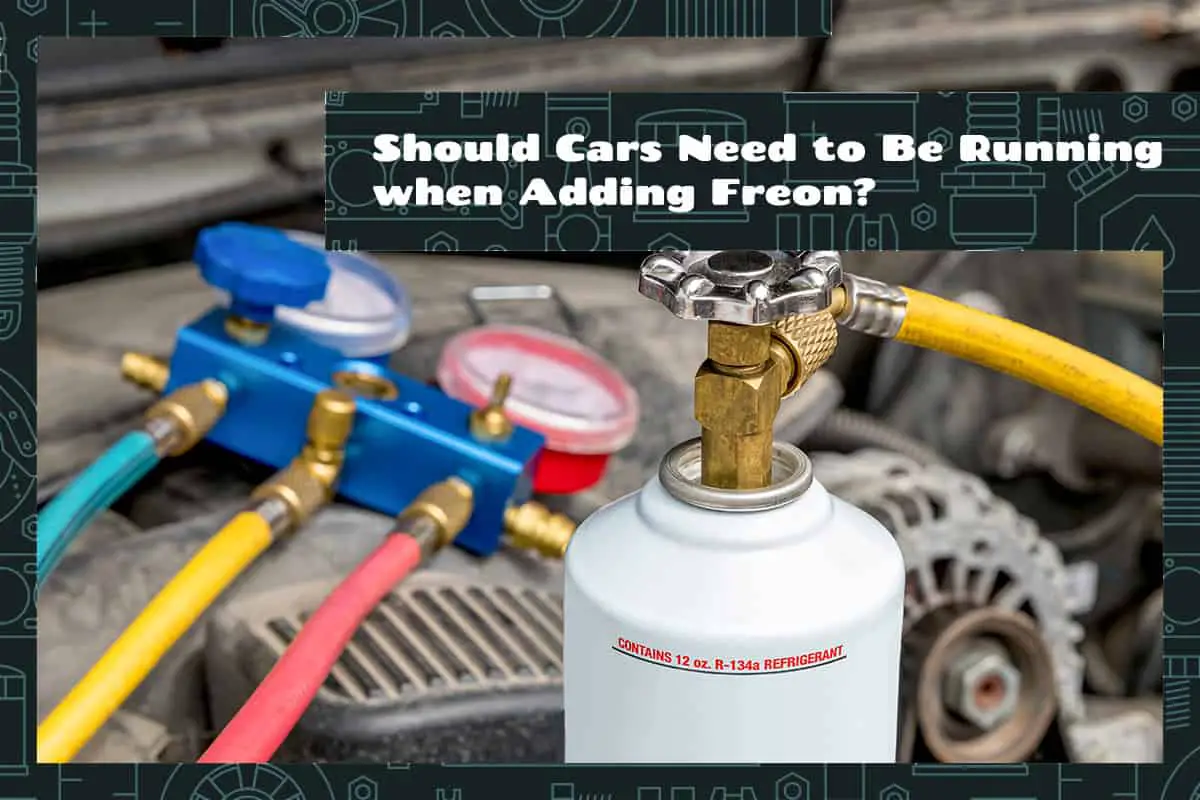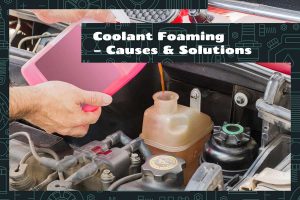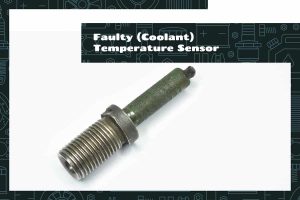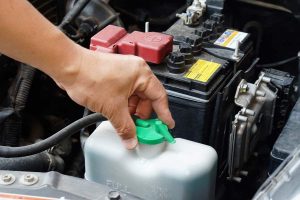Freon is a key player in car air conditioning systems that are responsible for cooling the interior of the vehicle. Adding Freon is a common maintenance task, but there’s a debate about whether the car should be running during this process. So, in the end, should your car’s engine be on when adding Freon?
Yes, running the car ensures proper circulation and helps the Freon to disperse evenly in the system. If you do this while the engine is off, it might lead to uneven distribution and reduced cooling efficiency, among other consequences.
This article will explore the scientific reasoning for adding Freon while your car’s engine is running and provide practical guidelines for doing this in a safe way.
What Is Freon?

Freon is a refrigerant used in car air conditioning systems. It’s a brand name for a series of chlorofluorocarbons (CFCs) and hydrochlorofluorocarbons (HCFCs). In the automotive industry, Freon keeps the interior of a vehicle cool. Its ability to absorb heat and convert from liquid to gas and back allows it to circulate through the air conditioning system, absorbing the hot air and releasing cool air inside the vehicle.
Composition and Types of Freon
There are several types of Freon, and their composition varies depending on the application. The most common types in automotive air conditioning systems are R-12 and R-134a.
R-12: Often referred to as the “original” Freon, R-12 was widely used in cars until the 1990s. It’s a CFC, meaning it contains chlorine, which has been linked to ozone depletion.
R-134a: Introduced as a more environmentally friendly option, R-134a replaced R-12 in most modern vehicles. It’s an HCFC, which means it has a reduced chlorine content to mitigate its environmental impact.
How Freon Works in a Car’s Air Conditioning System
The air conditioning system in a car relies on Freon’s unique physical properties. Here’s a simplified explanation of how it works:
- The air conditioning system starts with the compressor, which compresses the Freon, turning it into a high-pressure, hot gas. The compressor acts like the heart of the system, pumping the Freon through the components.
- The hot, pressurized Freon gas then travels through the condenser, located near the car’s radiator. As air flows over the coils, the Freon releases heat and condenses into a high-pressure liquid.
- This liquid Freon moves through an expansion valve, where it undergoes a pressure drop. As the pressure drops, the Freon turns into a low-pressure, cold liquid-gas mixture.
- The cold Freon mixture enters the evaporator coils located inside the cabin. Here, it absorbs heat from the car’s interior air as the air is blown over the coils. The heat causes the Freon to evaporate, transforming back into a low-pressure gas. This process cools the air that is then circulated into the car’s interior.
- The low-pressure gas returns to the compressor, and the cycle begins again. Any moisture and impurities are filtered out before the gas re-enters the compressor.
Should Cars Be Running When Adding Freon?
Running the car during the addition of Freon ensures that the compressor is operational, circulating the Freon throughout the system. This helps in:
- Even Distribution: Running the engine ensures that the newly added Freon mixes properly with the existing refrigerant, allowing for a more efficient cooling process.
- Immediate Performance Check: By keeping the engine running, technicians can immediately observe how the air conditioning system responds to the added Freon, allowing for adjustments as needed.
- Faster Absorption: The movement of the components helps the Freon to be absorbed into the system more quickly.
- Optimal System Calibration: Running the engine allows the technician to calibrate the system under normal operating conditions, ensuring that the air conditioning functions as intended.
What Happens When Adding Freon When Car Engine Is Off?
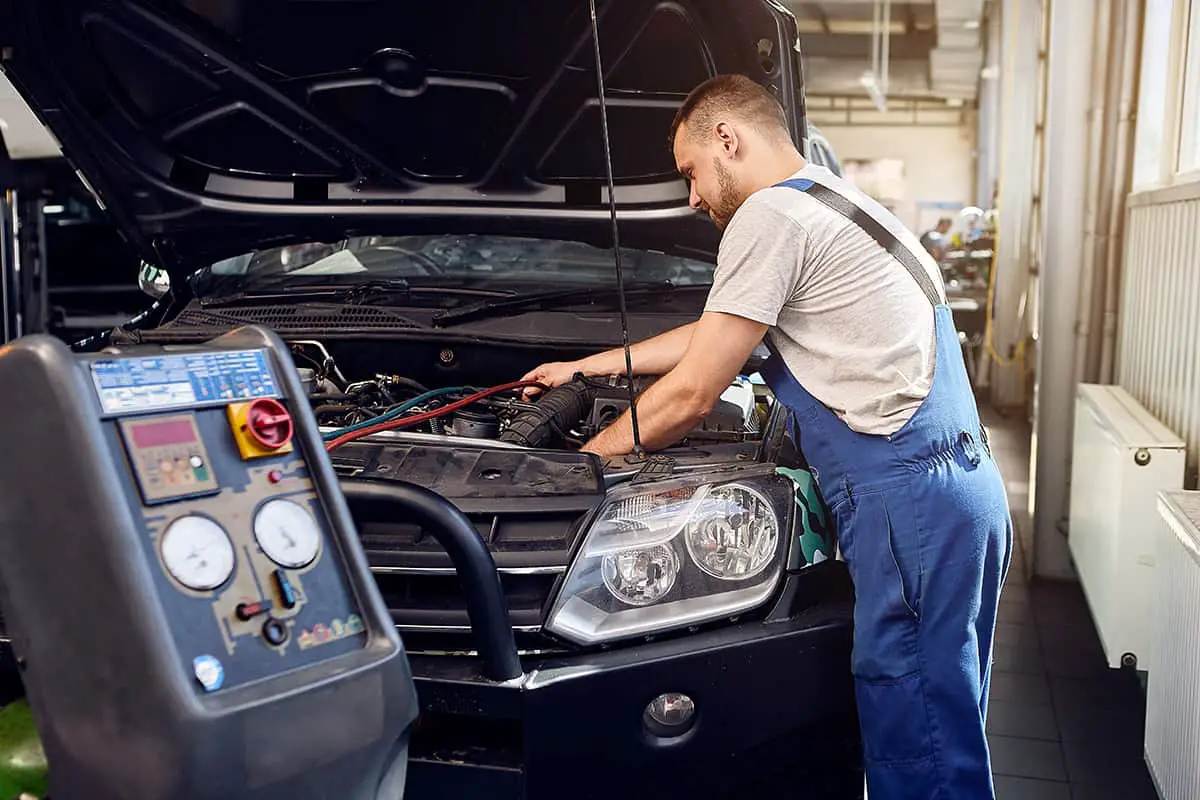
While it may seem like a convenient and safe option, this practice can lead to multiple problems.
Lack of Circulation
With the engine off, the compressor, responsible for circulating Freon through the system, is not active. This leads to:
- Uneven Distribution: Freon added without the compressor running may not mix properly with the existing refrigerant, leading to uneven distribution.
- Poor Performance: The cooling system may not perform optimally without proper mixing and circulation, leading to insufficient cooling inside the vehicle.
Difficulty in Accurate Measurement
- Challenges in Gauging Levels: Accurately assessing the existing Freon levels and the amount needed becomes more difficult, potentially resulting in an incorrect amount being added.
- Risk of Overfilling or Underfilling: Without proper measurements, there’s a risk of adding too much or too little Freon, both of which can harm the system’s performance.
Potential Damage to the Air Conditioning System
- Compressor Damage: Improper Freon levels and uneven distribution can strain and potentially damage the compressor, leading to costly repairs.
- Seal and Hose Strain: Without the system running, the Freon might not flow correctly, putting undue pressure on seals and hoses, which can lead to leaks and failure over time.
Practical Guidelines and Best Practices
Here’s a quick guideline to help you add Freon to your car by yourself.
Vehicle’s Specifics
Every car’s air conditioning system is unique, and thus, the following steps should be taken:
- Refer to the Manual: Consult the owner’s manual for specific instructions on handling Freon in your vehicle.
- Understand the Refrigerant Type: Knowing whether your car uses R-134a, R-12, or another refrigerant is essential for purchasing the correct product.
Handling Freon
- Wear Protective Equipment: Gloves and safety glasses should be worn to protect against exposure.
- Avoid Inhalation: Freon fumes can be harmful; ensure adequate ventilation when working with it.
- Proper Disposal: Dispose of old Freon and containers according to local environmental regulations.
Steps to Adding Freon with the Engine Running
- Connect Properly: Use a proper gauge set to connect to the low-pressure service port, following the instructions provided with the equipment.
- Monitor Pressure: Monitor the pressure readings to avoid overcharging the system.
- Add Slowly: Freon should be added gradually while the compressor is running to allow proper mixing and circulation.
- Check Performance: Continuously check the air conditioning performance and adjust the Freon levels as needed.
Seek Professional Assistance if Needed
If the process seems too complicated, seeking professional automotive service is advisable to ensure the job is done correctly and safely. In fact, we recommend doing this over the DIY method due to the inherent risks of mishandling Freon.
FAQs
1. How often should I add Freon to my car?
Generally, Freon should not be something that needs frequent replenishing (3-4 years on average). The system is designed to be a closed loop, and Freon doesn’t get “used up” like oil or fuel. However, over time, small leaks can develop that might require attention. If you notice a decrease in the cooling efficiency.
2. What are the symptoms of low Freon?
The most apparent sign is a decrease in the cooling efficiency of the air conditioning, meaning the air blowing from the vents is not as cold as it should be. This can lead to inconsistent cooling or warm air coming out entirely.
You might also hear unusual noises coming from the compressor, as it may have to work harder due to the low refrigerant levels.
Sometimes, the compressor might not turn on if the Freon level drops too low.
3. What happens when you underfill Freon?
First and foremost, it will result in inefficient cooling. The compressor relies on the right amount of refrigerant to circulate through the system, absorbing and releasing heat to cool the air. An underfilled system won’t be able to perform this process efficiently.
It can also cause undue strain on the compressor as it attempts to work with insufficient Freon, leading to potential wear and tear over time. In extreme cases, the system’s safety mechanisms might prevent the compressor from engaging at all.
